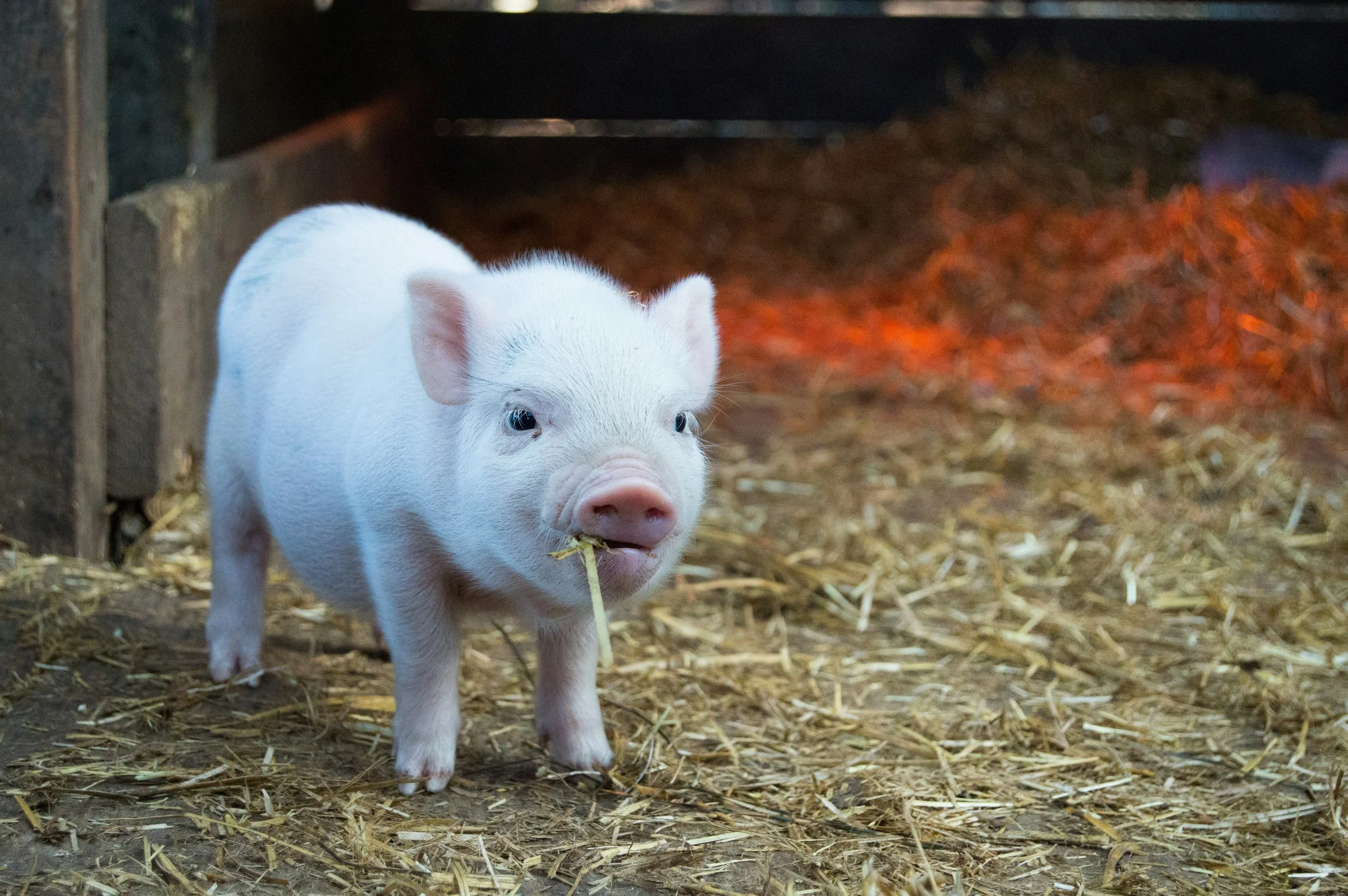 |
| Image Source |
Natural gas has been making quite a buzz lately, between debates about opening up trade of domestic American gas with our allies, sending natural gas to aid Ukraine, and becoming a less energy-dependent nation. However, almost none of the chatter about natural gas has involved using it as a replacement for one of our largest domestic causes of pollution: automobiles.
Let’s face it; America has a thing for cars, and that isn’t going away. Try as we might, Americans can’t seem to give up the independence and freedom of driving our cars.[1] Although new hybrid technology developments such as those in the Toyota Prius and Chevy Volt have helped, the average fuel economy of today’s cars has barely caught up with the 25 mile-per-gallon 1913 Ford Model T[2]. Despite improvements, the fact remains that oil is just not a clean enough source of fuel for our car-crazed culture.
Enter natural gas, the new belle of the clean energy ball. Believe it or not, car engines can be built or converted to run on natural gas in a highly compressed form. Compressed natural gas, or CNG, emits approximately 30% less carbon dioxide when combusted than oil.[3] Moreover, current natural gas prices range from $0.79 to $1.50 per gallon equivalent, which means that driving a CNG-powered car is significantly cheaper than a gas-powered car.[4] Despite these advantages, natural gas powers only 112,000 vehicles in the United States.[5]
Despite its many potential advantages, it doesn’t appear that we’ll be paying $1 per gallon to run our CNG cars anytime soon. Unless the EPA can reduce the costs of compliance with alternative fuel regulations, CNG-powered cars will remain a pipe dream.
[1] Paul Lucas, Number of Cars on U.S. Roads on the Rise, The Green Car Website, (Mar. 9, 2014, 10:00 PM), http://www.thegreencarwebsite.co.uk/blog/index.php/2013/11/05/number-of-cars-on-us-roads-on-the-rise/.
[2] Michael Mulchay, U.S vehicle fuel efficiency has increased only 3 mpg in 80 years, Gizmag.com, (Mar. 9, 2014, 10:00 PM), http://www.gizmag.com/us-vehicle-fuel-efficiency-improves-3mpg-80-years/12410/.
[3] NaturalGas.org, http://naturalgas.org/environment/naturalgas/, (last visited Mar. 9, 2014).
[4] Ben Wojdyla, Should You Convert Your Car to Natural Gas?, PopularMechanics.com, (Mar. 9, 2014, 10:00 PM), http://www.popularmechanics.com/cars/how-to/maintenance/should-you-convert-your-car-to-natural-gas.
[5] Alternative Fuels Data Center, http://www.afdc.energy.gov/vehicles/natural_gas.html, (last visited Mar. 9, 2014).
[6] Environmental Protection Agency, http://www.epa.gov/otaq/consumer/fuels/altfuels/altfuels.htm, (last visited Mar. 9, 2014); 42 U.S.C. § 7522(a)(3).
[7] Wojdyla, supra note 4.













